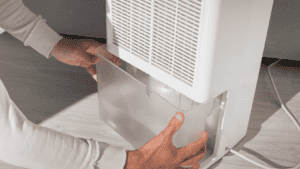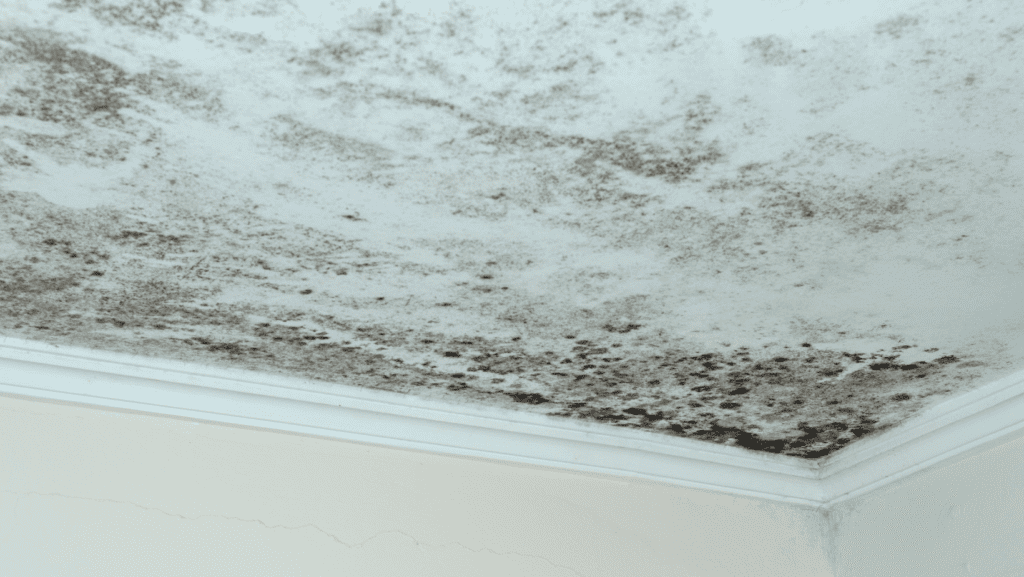Humidity levels in your home can greatly affect the health and comfort of your living environment. Excess moisture can lead to mold growth, dust mites, and other allergens that can trigger respiratory issues and other health problems. But with the right tactics, you can master humidity levels and create a healthy home for you and your family. In this article, we will explore proven strategies for controlling humidity levels, from proper ventilation to smart landscaping techniques.
Understanding Humidity Levels
Humidity is the amount of moisture in the air, and it can have a significant impact on your home’s comfort and health. Ideally, indoor humidity levels should be between 30-50%. Anything above 60% can create an environment that is conducive to mold and mildew growth. To measure humidity levels, you can use a hygrometer, which is an inexpensive tool that can be found at most hardware stores. Keeping an eye on humidity levels can help you take action before any problems arise.
The Importance of Ventilation
Ventilation is key to controlling humidity levels in your home. Proper ventilation allows for the exchange of indoor and outdoor air, which helps to reduce moisture levels. This can be achieved through the use of exhaust fans in bathrooms and kitchens, as well as opening windows and doors when weather permits. It’s also important to ensure that your home’s ventilation system is functioning properly and that air filters are replaced regularly.

Dehumidifiers: A Must-Have Tool
Dehumidifiers are an essential tool for controlling humidity levels in your home. They work by removing excess moisture from the air, which can help prevent mold and mildew growth. Dehumidifiers come in various sizes and capacities, so it’s important to choose one that is appropriate for the size of your space. Additionally, consider purchasing a dehumidifier with a built-in hygrometer, which can automatically adjust its settings based on the current humidity levels.
Moisture Control in Bathrooms
Bathrooms are a common source of excess moisture in the home, which is why it’s important to have proper moisture control measures in place. This can include using exhaust fans during and after showers, wiping down surfaces to remove excess water, and using a squeegee on shower walls and doors. Additionally, consider using mildew-resistant shower curtains and bathmats, which can help prevent mold growth.

Smart Landscaping Techniques
Landscaping can also play a role in controlling humidity levels in your home. For example, planting trees and shrubs around your home can provide shade and help reduce the amount of heat and moisture entering your home. Additionally, make sure that the grading around your home slopes away from the foundation, which can help prevent water from seeping into your basement or crawl space.
Regular Maintenance Checks
Regular maintenance checks are essential for keeping humidity levels in check. This includes inspecting your home for any leaks or water damage, as well as ensuring that your gutters and downspouts are clear of debris. Additionally, make sure that your home’s insulation is in good condition, as this can help prevent condensation and moisture buildup.

Mastering humidity levels in your home is crucial for maintaining a healthy living environment.
By understanding humidity levels, properly ventilating your home, using dehumidifiers, controlling moisture in bathrooms, implementing smart landscaping techniques, and conducting regular maintenance checks, you can create a comfortable and healthy space for you and your family. Take control of your home’s humidity levels today and breathe easier tomorrow.














